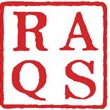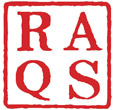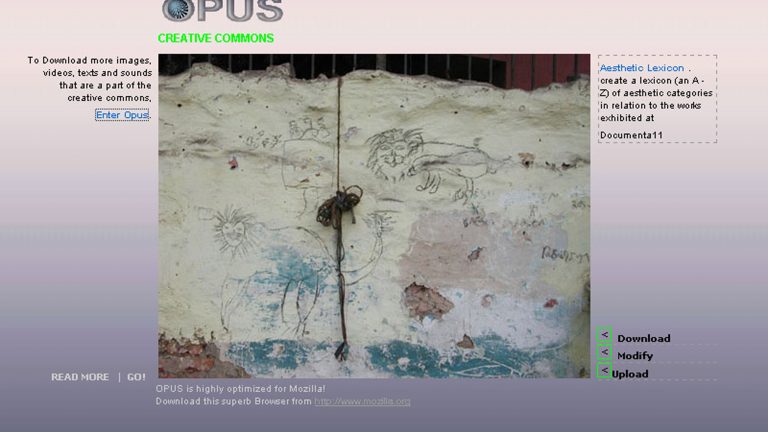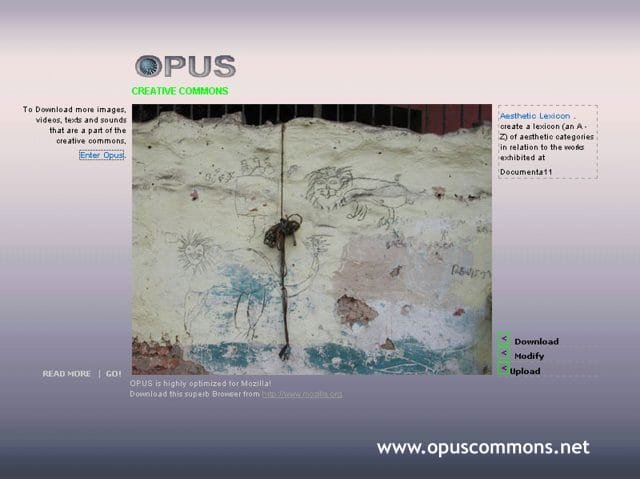Software | 2022
OPUS (Open Platform for Unlimited Signification) was an online space for people, machines, and codes to play and work together – to share, create and transform images, sounds, videos and texts. Opus was an attempt to create a digital commons in culture, based on the principle of sharing of work, while at the same time, retaining the possibility of maintaining traces of individual authorship and identity.
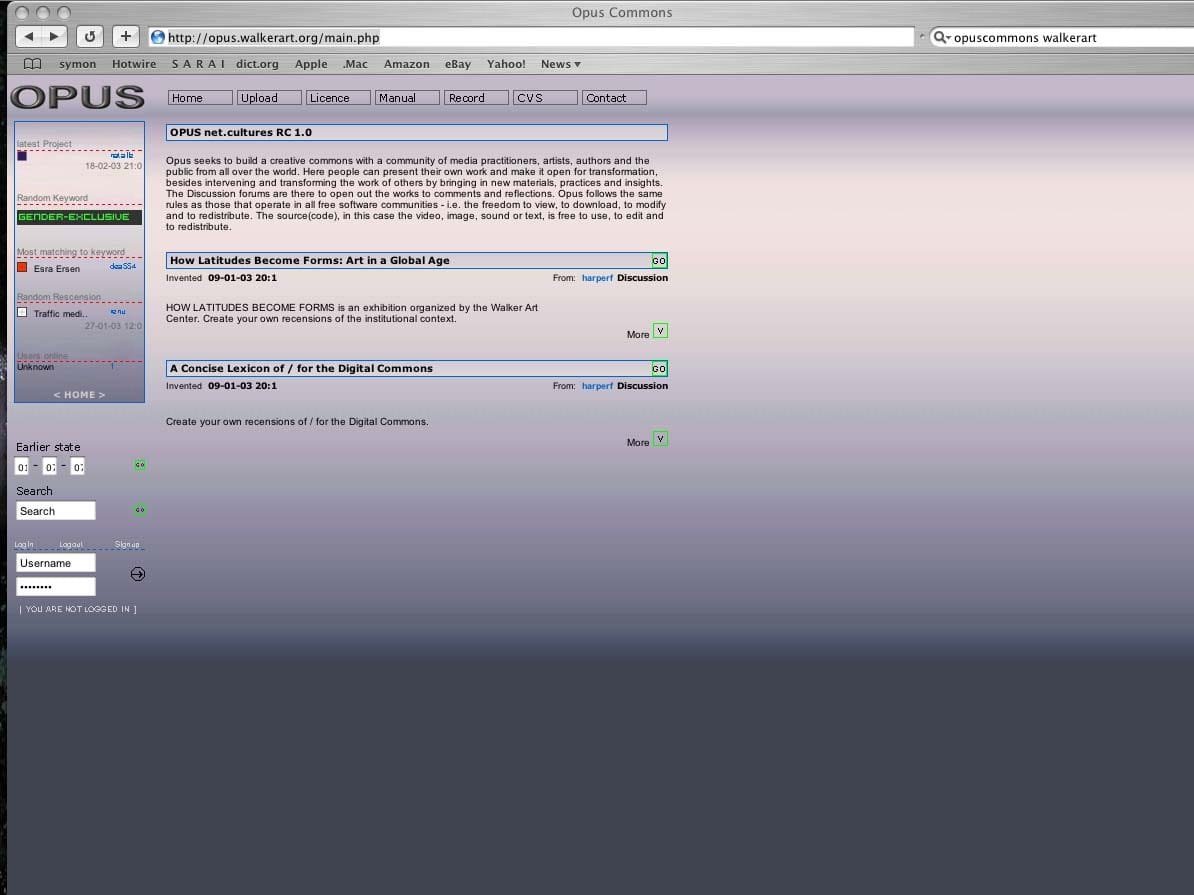
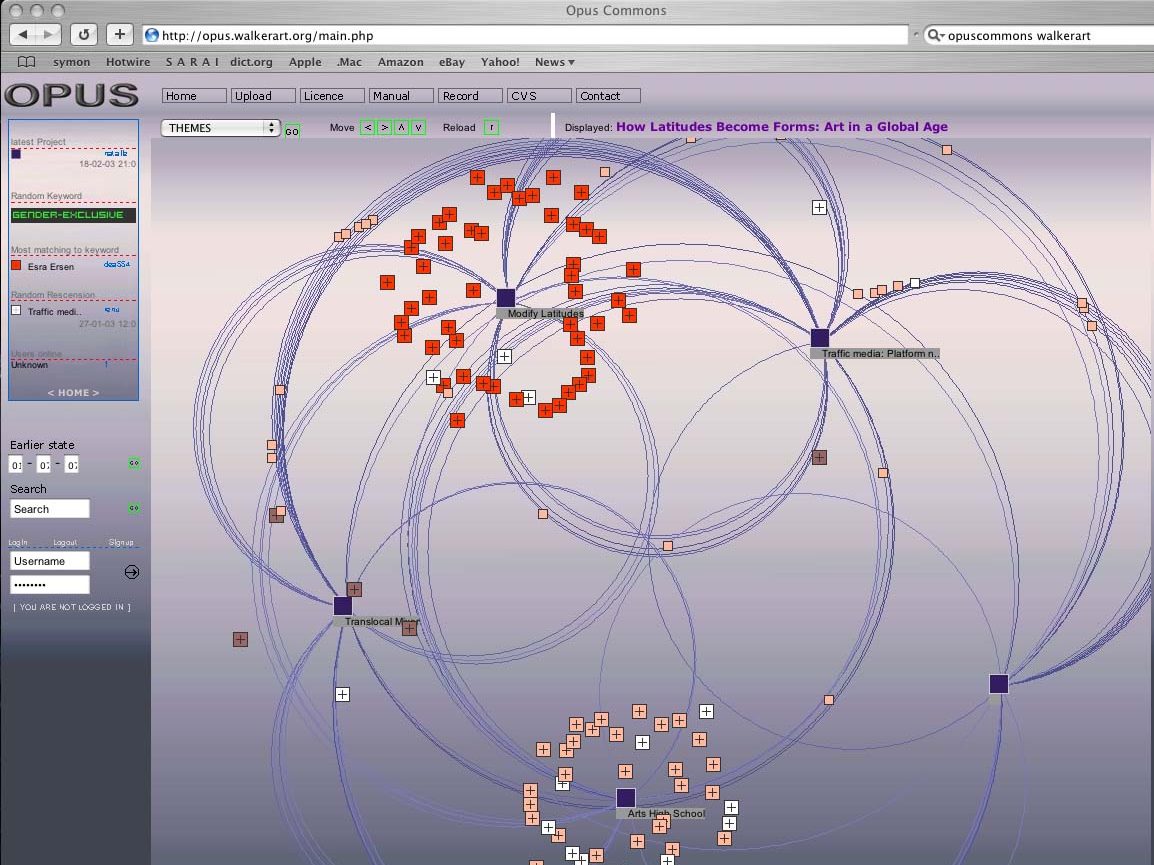
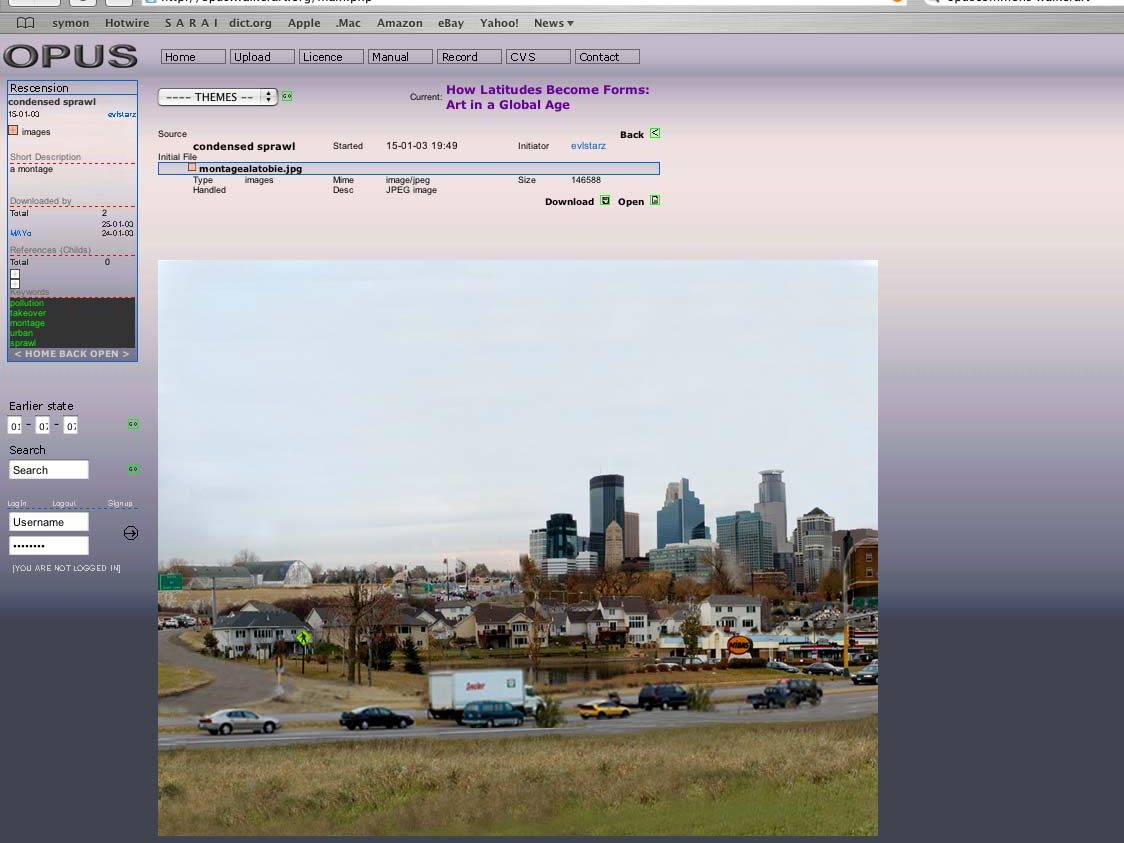
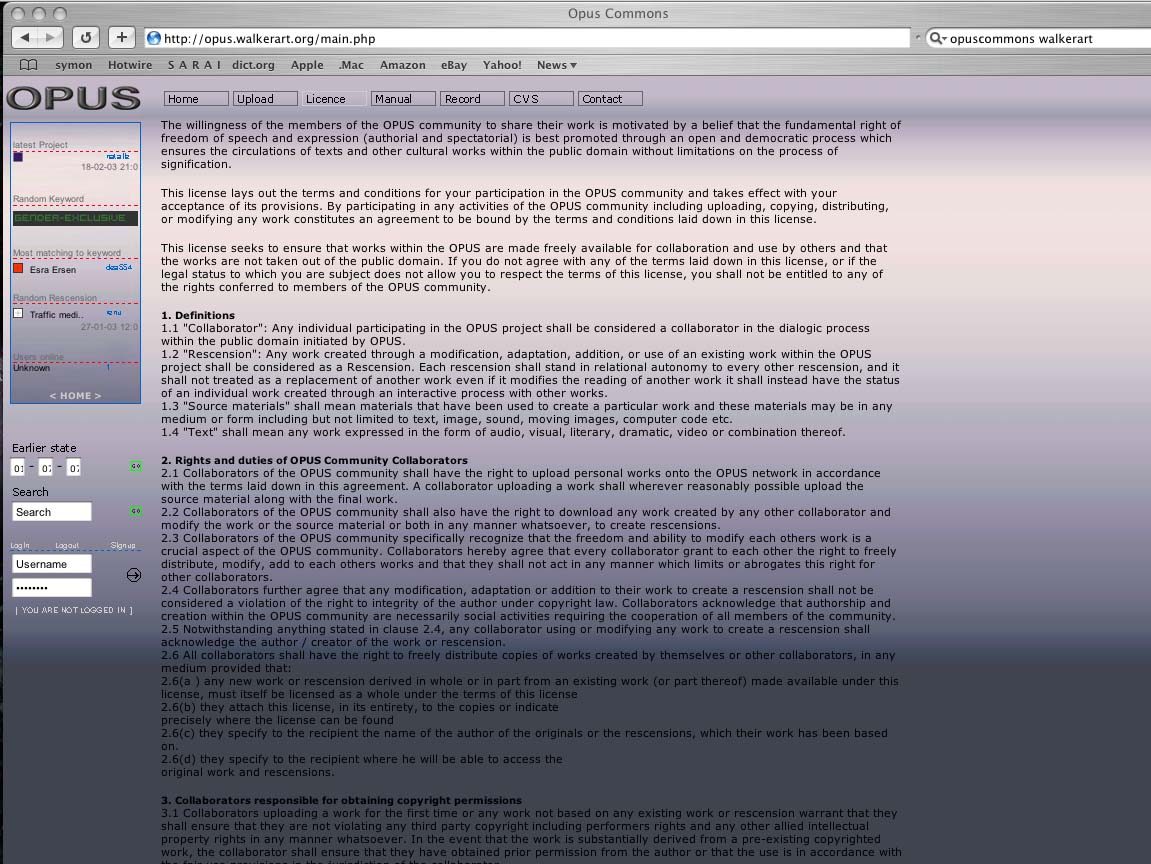
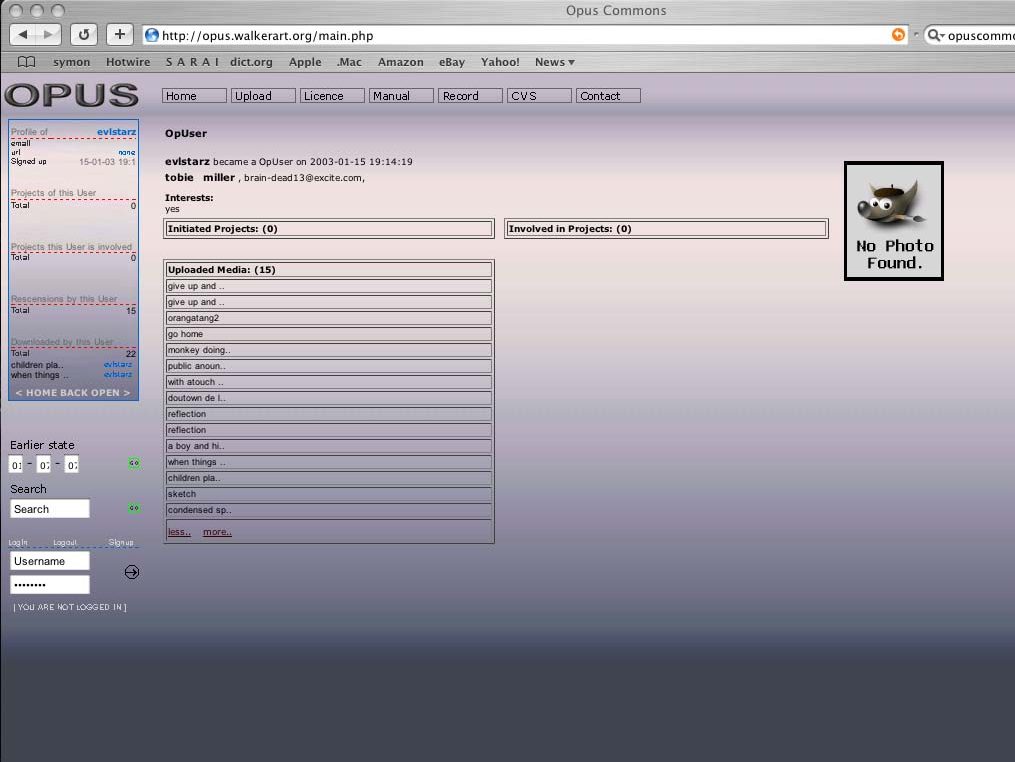
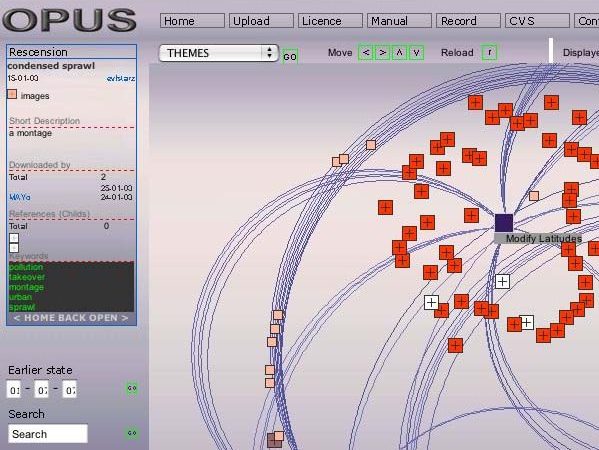
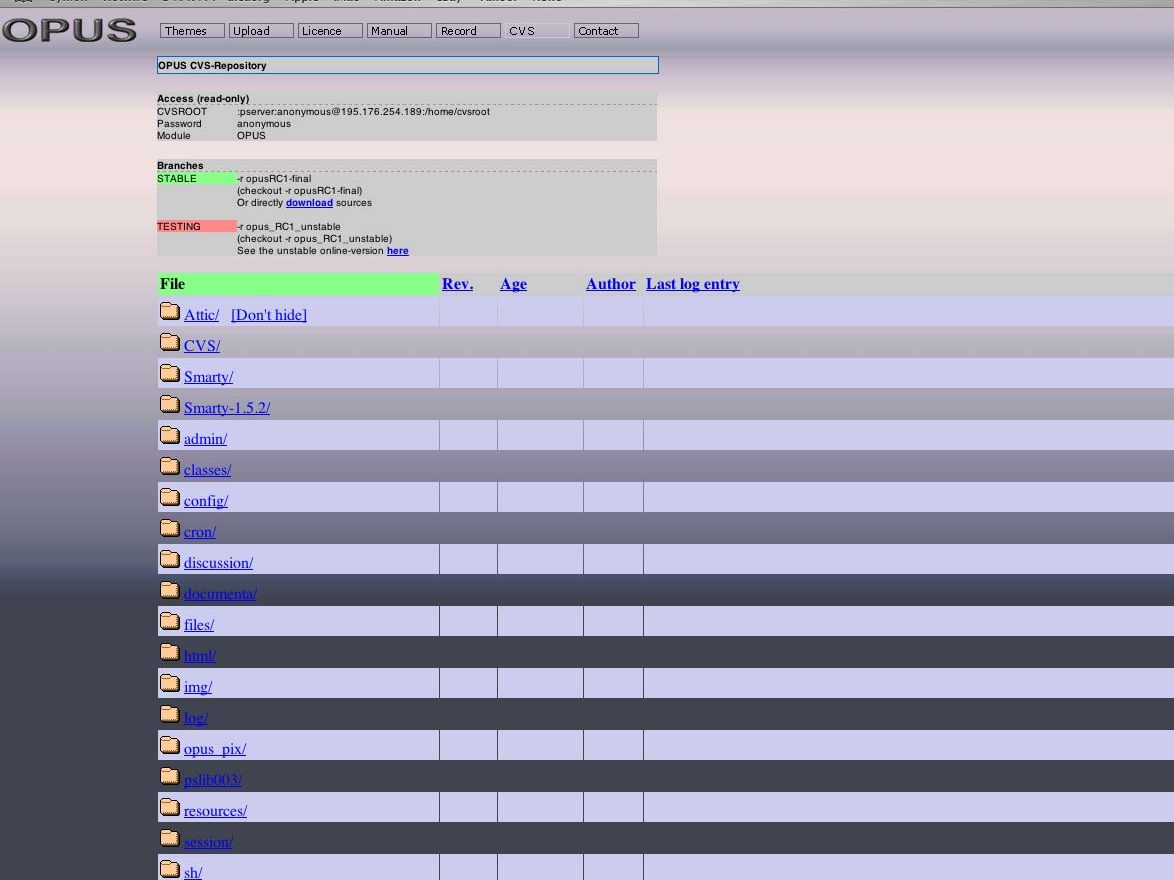
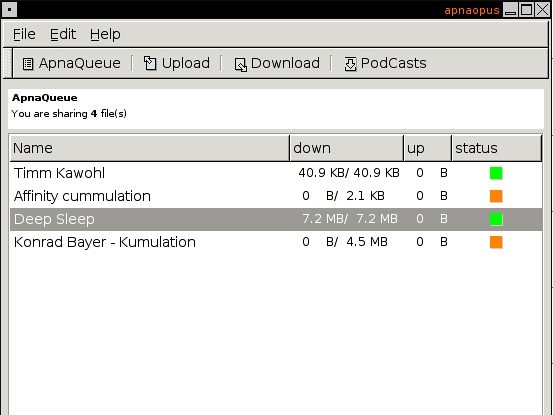
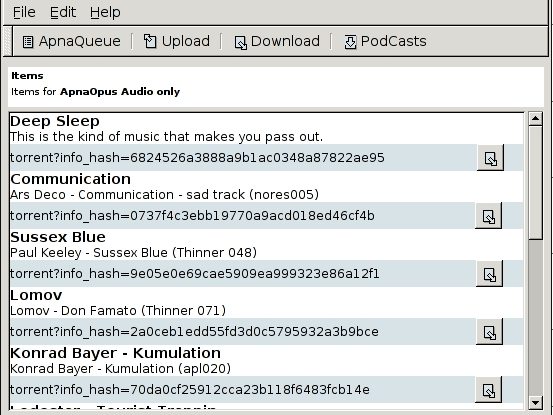
An online adjunct to the documentary installation “Co-Ordinates: 28.28N/77.15E :: 2001/2002” presented at Documenta11, Kassel, OPUS (Release Candidate) went public on the 8th of June, 2002.
Opus enabled one to view, create and exhibit media objects (video, audio, still images, html and text) and make modifications on work done by others, in the spirit of collaboration and the sharing of creativity. Opus was an environment in which every viewer/user is also invited to be a producer, and a means for producers to work together to shape new content. One could view and download material, transform it and then upload the material worked back to the Opus domain. Each media object archived, exhibited and made available for transformation within Opus carried with it, data, that can identify all those who have worked on it. This meant that while Opus enabled collaboration, it also preserved the identity of Authors/Creators (no matter how big or small their contribution may be) at each stage of a works evolution.
THE IDEA
The basic idea of the Opus project was to create a community of creative people from all over the world, who want to share and gift to each other the images, sounds and texts made by them for general public usage. Opus gave people the chance to collaborate and to present their work to an online community of practitioners and artists willing to work outside the increasing global domination of intellectual property regimes in cultural production.
Once someone published in Opus, each act of uploading became an opportunity for others to take your work as a starting point for transformation, for a new rendition, for a recension. Opus users were also able to give their comments and reflections on your work through the discussion forums that will grow around each project within Opus.
Opus was inspired by the free software movement as an attempt to transpose the principles that govern the creation of free software on to general cultural production. Opus followed the same rules as those that operate in all free software communities – i.e. the freedom to view, to download, to modify and to redistribute. The source(code), in this case the video, image, sound or text – the contents of media objects uploaded on to Opus, were free to use, to edit and to redistribute. Needless to say the ‘source-code’ of the Opus software was also free to use, edit and redistribute. Opus users were governed by a license that protected them from their work being taken out of the commons and into the regimen of proprietary protocols.
OPUS : A BRIEF HISTORY
Work on Opus began in September 2001 and the Beta version was uploaded in April 2002. Opus is launched into the public domain with the opening of Documenta11.
“When we began to think through the ideas that gradually crystallized to form Opus, we were searching for a platform that would enable inter-media and hybrid media practices to find fruition within a frame of open ended collaboration. We were interested in trying to evolve a way to combine our interests with video, our background in documentary film, photography and sound, and our growing engagement with hypertextuality and free software culture as a result of our work within the Sarai Initiative at the Centre for the Study of Developing Societies, Delhi. At an immediate level, the ideas that were at the core of the Opus project developed out of our need to create an online context for a set of offline installations. (like , for instance, Co-ordinates : 28.28N /77.15E : : 2001/2002, which is showing at Documenta11) which we wanted to open out to a wider community of creators, so as to enable instances of further collaboration; and out of our thoughts on the notion of the ‘Digital Commons’, from which arose a text A Concise Lexicon of/for the Digital Commons which contains many of the founding ideas of Opus. In the realization of the process of creating Opus we were joined by several others who made the Sarai Media Lab their home for many long days and nights along with us, sharing in the delight of discovering fragments of archiecture that worked, or a metaphor that made sense, and above all with the energy that they brought to every detail of the coding and design of Opus. Opus would not be a reality without the active collaboration of all the people who worked on it, their skills and their imaginations. Many metaphors, images and ideas have made their way into the making of OPUS, from a biological laboratory, to a polyamourous matrix, to an understanding of the way in which parents relate to children, from kinship and lineage to the growth and evolution of epic narratives and ancient texts. The traces of all these remain in varying degrees.”
Sarai provided the background of being an intellectually and creatively stimulating space while all of us worked on Opus.
CREDITS
Conception – Raqs Media Collective
Architecture – Monica Narula, Bauke Freiburg, Silvan Zurbruegg
Coding – Silvan Zurbruegg, Pankaj Kaushal
Interface Design – Joy Chatterjee
Design Co-ordination – Monica Narula
Design Acknowledgement – Rana Dasgupta
Documentation – Shuddhabrata Sengupta, Monica Narula, Bauke Freiburg
License – Lawrence Liang, Jeebesh Bagchi
Produced by – Raqs Media Collective at the Sarai Media Lab, Sarai/CSDS, Delhi, 2002
ACKNOWLEDGEMENTS
Knowbotic Research, Zurich
Hochschule f¸r Gestaltung und Kunst, Zurich
Dept. of New Media Studies, University of Amsterdam
Society for Old & New Media, Amsterdam
Documenta11, Kassel
Everyone @ Sarai, Delhi
